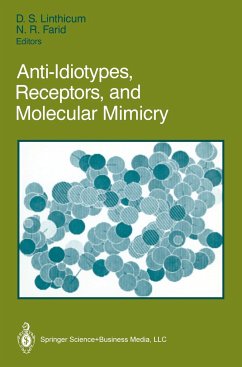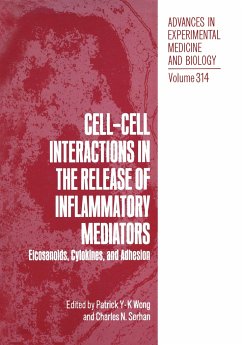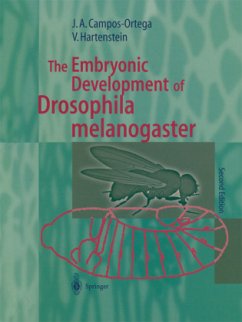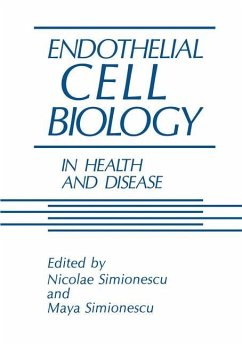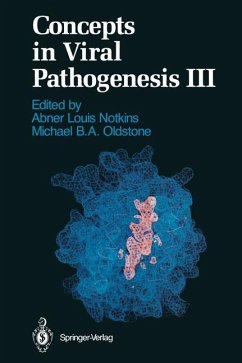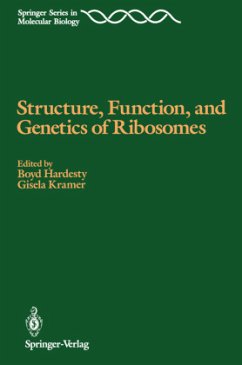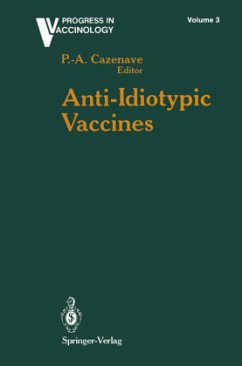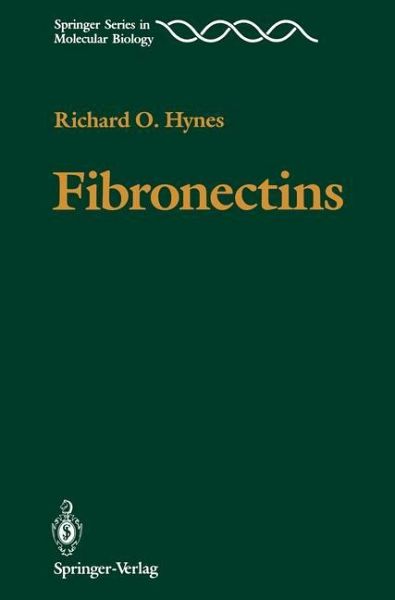
Fibronectins

PAYBACK Punkte
39 °P sammeln!
Fibronectins comprise a class of high molecular weight glycoproteins present both in extracellular matrices and in soluble form in body fluids. Although they have been studied for about forty years, their real significance emerged only during the past decade. Intensive research has focused on their role in platelet function, cell migration, the cytoskeleton, reticuloendothelial function, and on alterations in fibronectin distribution during development and disease. Fibronectins have emerged as glycoproteins with a very interesting set of properties generally involving adhesion of cells to cell...
Fibronectins comprise a class of high molecular weight glycoproteins present both in extracellular matrices and in soluble form in body fluids. Although they have been studied for about forty years, their real significance emerged only during the past decade. Intensive research has focused on their role in platelet function, cell migration, the cytoskeleton, reticuloendothelial function, and on alterations in fibronectin distribution during development and disease. Fibronectins have emerged as glycoproteins with a very interesting set of properties generally involving adhesion of cells to cells or to extracellular material. In more recent years, the complete sequences of several fibronectin molecules and their genes were determined, the relation between structure and function was understood and much has been learned about cell surface receptors for fibronectins and other adhesive ligands. Having been at the forefront of all these exciting developments, the author has synthesized the entire field and with all the latest information at hand for the first time given it a clear perspective.







